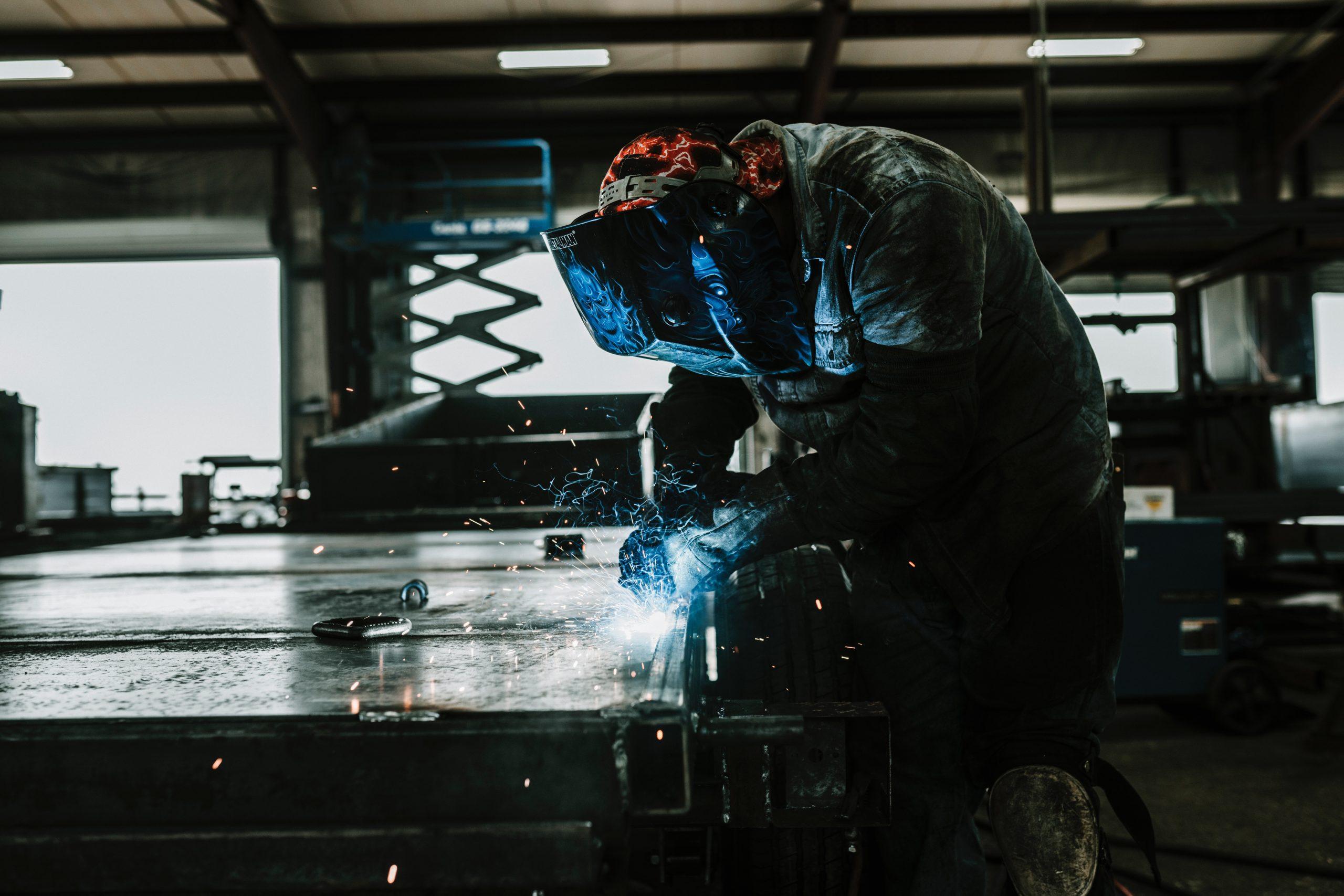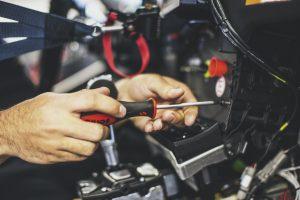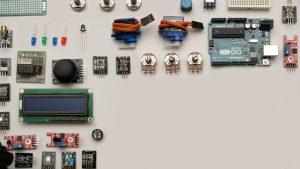
Manufacturing professionals must embrace the Internet of Things (IoT) to leverage what Industry 4.0 offers and prepare for the widespread shift to Industry 5.0. Predictive maintenance is one of the ways it is the most influential and powerful.
IoT-enabled predictive maintenance empowers workforce skills, saves money and has numerous other plusses. Explore the IoT’s role in manufacturing and how the benefits justify swift implementation.
What Is the Role of IoT in Predictive Maintenance?
Industrial IoT’s (IIoT) role in predictive maintenance is to increase a machine’s efficiency and life span while reducing unnecessary upkeep. IIoT tools do this using data collection from sensors, cameras and other peripherals. The goal of employing the IIoT in manufacturing is to minimize downtime and save on labor and maintenance costs.
Manufacturers usually rely on preventive maintenance to increase uptime, but predictive has better timing and can consider the future’s influence on current operations.
IIoT devices notify operators when to execute repairs, cleaning or parts replacements only as needed instead of on a potentially excessive schedule. Alternatively, some production lines may rarely perform maintenance, and IIoT-enabled predictive maintenance reminds technicians of their responsibilities.
 What Are the Benefits?
What Are the Benefits?
Manufacturing experts may understand the basic boons of IIoT for predictive maintenance, but its influence spreads to more parts of a business structure than initially perceived.
1. Increased Safety and Compliance
Regulatory efforts and technological assistance have decreased manufacturing-related injuries and deaths in the last half-century. The IIoT’s ability to suggest predictive maintenance reduces the likelihood that machines fail, break or run incorrectly.
Faults increase the chances workers get hurt. The IIoT heightens safety and, therefore, improves worker comfort and morale. The safer they are, the more likely they will stick to maintenance schedules and suggestions for their well-being.
2. Boosted Sustainability
Numerous factors impact a machine’s performance power. Is there dust and dirt under belts or do motors need more lubrication to move at optimal speeds? Faulty or old parts compound these influences. These hindrances force manufacturing machinery to pull more power than expected, resulting in downtime and supply loss from poor products.
Additionally, degrading equipment may cause excess pollution and contaminant spread, such as oil and chemical leaks or particulate air contamination.
A failing machine creates excess waste and uses copious amounts of power it would not otherwise. The IIoT keeps everything from energy expenditure, landfill contributions, water use and carbon emissions down by reminding techs to fine-tune the machines. IIoT sensor data will illuminate countless green process discoveries.
3. Opportunistic Upskilling and Reskilling
Digital transformation in Industry 4.0 makes tenured operators learn new tools and skills. New entrants can get firsthand experience with technologies shaping their future. No matter the technician’s demographic and experience level, IIoT-powered predictive maintenance provides openings for workers to up- and reskill. Delaying IIoT implementation puts essential maintenance training on hold for manufacturers needing to stay adept.
4. Improved Machine Efficacy and Output
Machines do not have to put in as much effort to produce quality products if everything is spotless and well-oiled. Production lines waste countless dollars and hours discontinuing and replacing things that should have been in operation longer. IIoT-empowered predictive maintenance could double equipment life, reducing annual revenue loss and downtime spent installing new machinery.
5. Provided Competitive Advantage
Well-maintained machines with the help of the IIoT are also more likely to help quality control. As-needed, relevant predictive maintenance solidifies the chances every facet of a product is top-notch. Because predictive maintenance considers the future of the machine and development, it makes its quality timeless and consistent, even as months and years go by.
A manufacturer’s reputation becomes more reliable, allowing more customers to trust a specific brand over others. High reputation translates to industry leadership as companies leveraging IIoT and predictive maintenance become role models for industry progression.
 How Do Manufacturers Implement IIoT for Maintenance?
How Do Manufacturers Implement IIoT for Maintenance?
With AI and related technologies adding more than $13 trillion back to the global economy by 2030, it makes sense to jump on the IIoT bandwagon now. The benefits only arrive on production lines when the sector undergoes a smooth, logical digital transformation. Scaling based on budget, worker capabilities, and stakeholder goals will influence installation and timetables. Manufacturers can follow these distilled steps to begin their predictive maintenance journey.
First, manufacturing professionals must identify which assets they want to be influenced by predictive maintenance peripherals. Businesses may need to divide them by priority, as comprehensive implementation may take time, mainly if a company tests multiple IIoT devices.
The second step is choosing the right software and tools for priority machines. Management should consider factors like compatibility with existing digital infrastructure, data gathering abilities and diversity, price and third-party compliance, and operability standards.
Manufacturers should rewrite technical documentation and procedures for workforces with these new systems in mind. Enterprises risk efficiency and morale if these knowledge bases do not exist before implementation and training. Everything from beginner briefs to troubleshooting information must be available to technicians.
Cybersecurity compliance is another consideration. Address these concerns before handing off responsibilities to workers. Consider authentication measures, data collection, record-keeping, backups, permissions and risk management.
Finally, there is installation alongside training. Companies focusing on these major categories before opening the doors to IIoT-driven predictive maintenance will yield better results.
 The IoT Keeps Manufacturing Machines Alive
The IoT Keeps Manufacturing Machines Alive
Predictive maintenance empowered by the IIoT requires dedication to implementation and attentiveness to upkeep. These efforts have numerous benefits for manufacturing workforces, leaders and stakeholders.
Timely repairs and replacements set a precedent for a more seamless manufacturing sector that produces less waste and prioritizes safety. The machine’s life span directly translates to how a manufacturer’s reputation will transform after IIoT implementation — one of longevity and reliability.


















